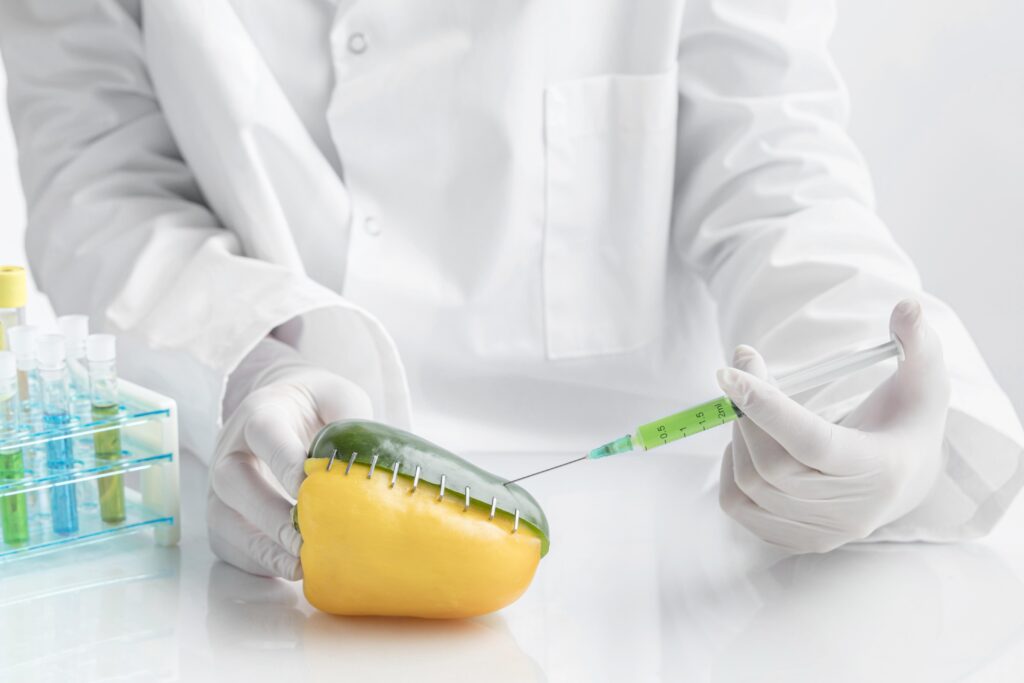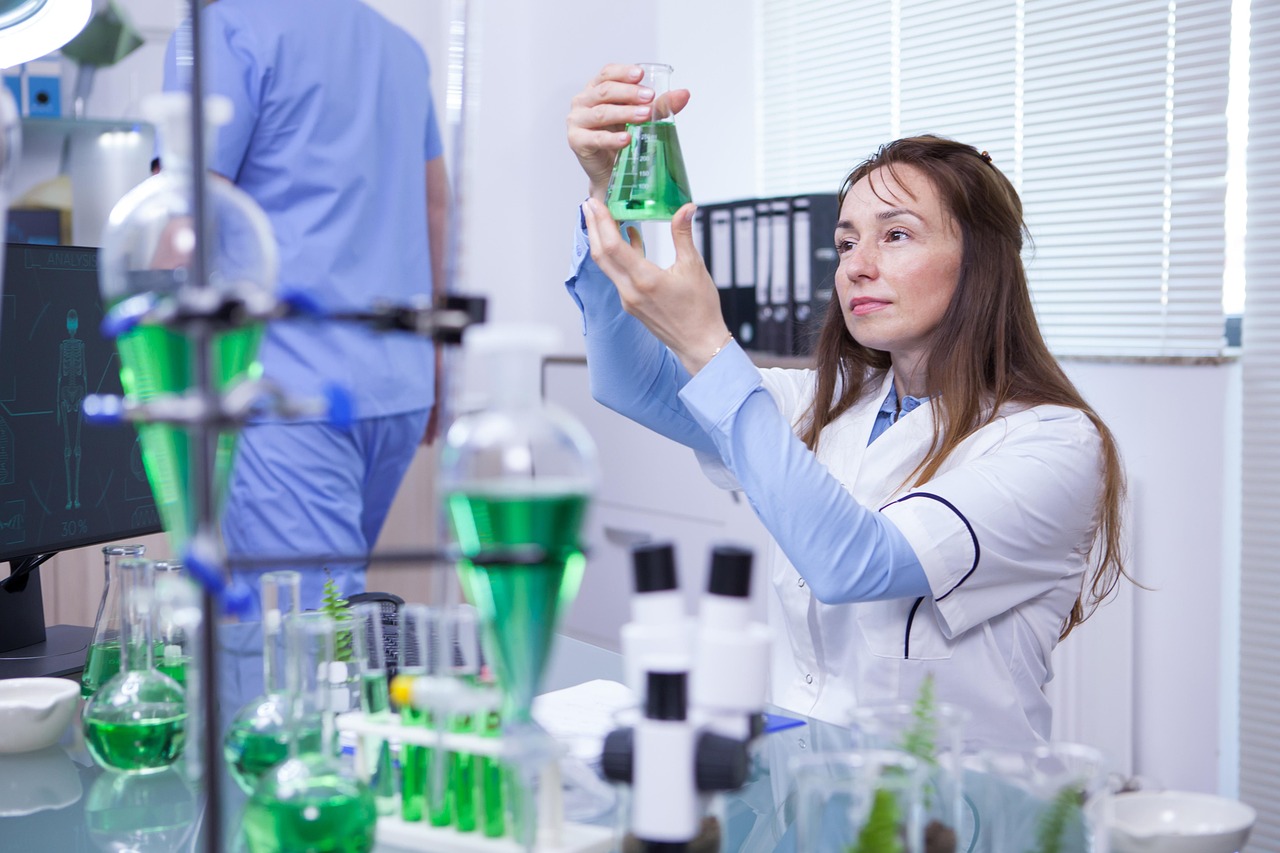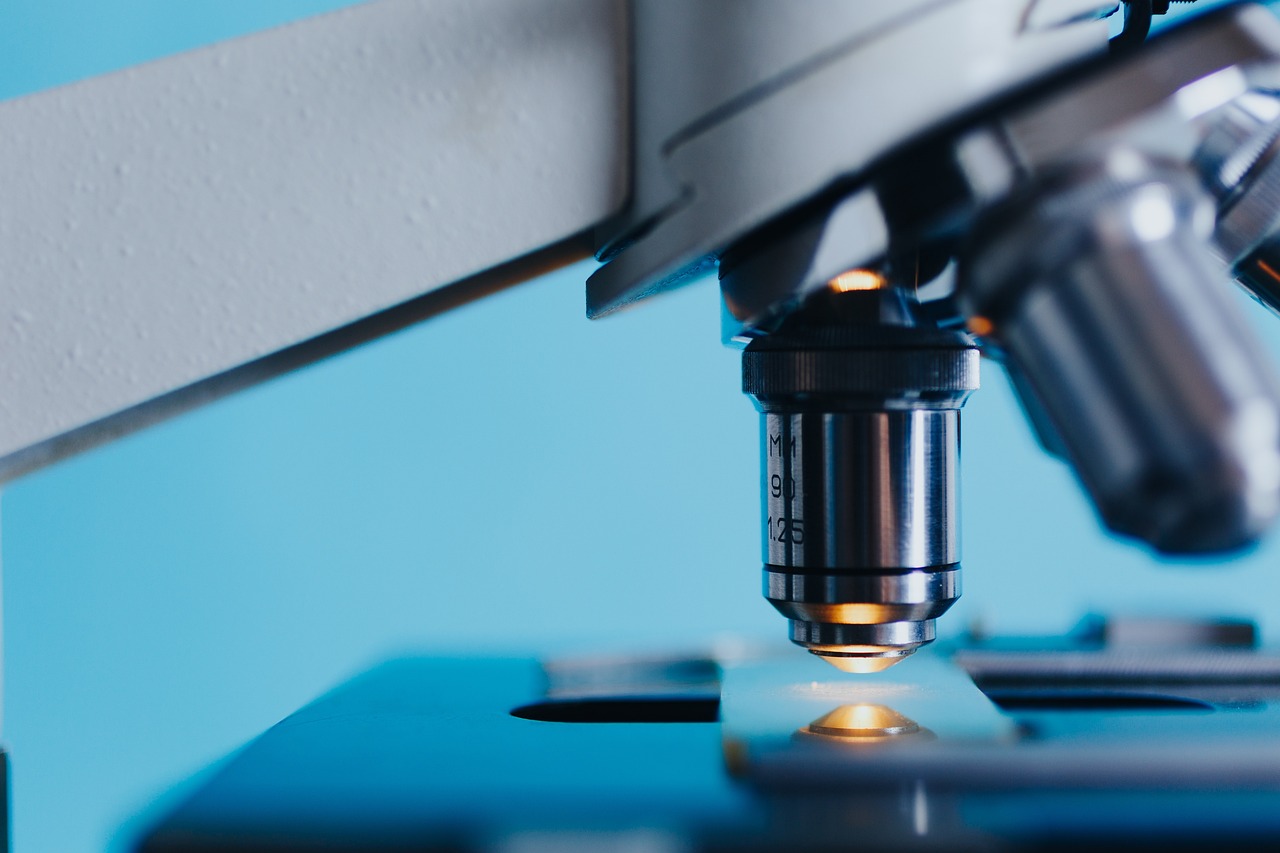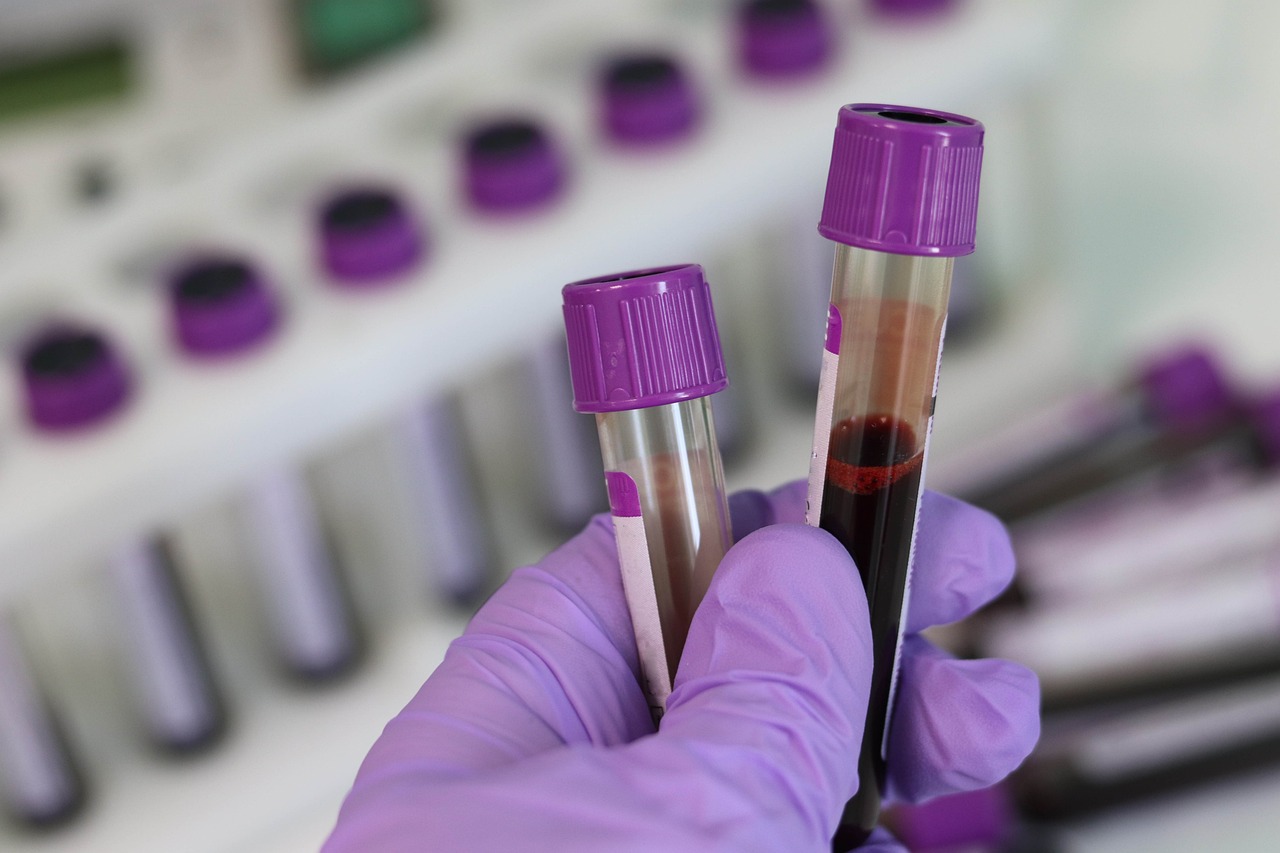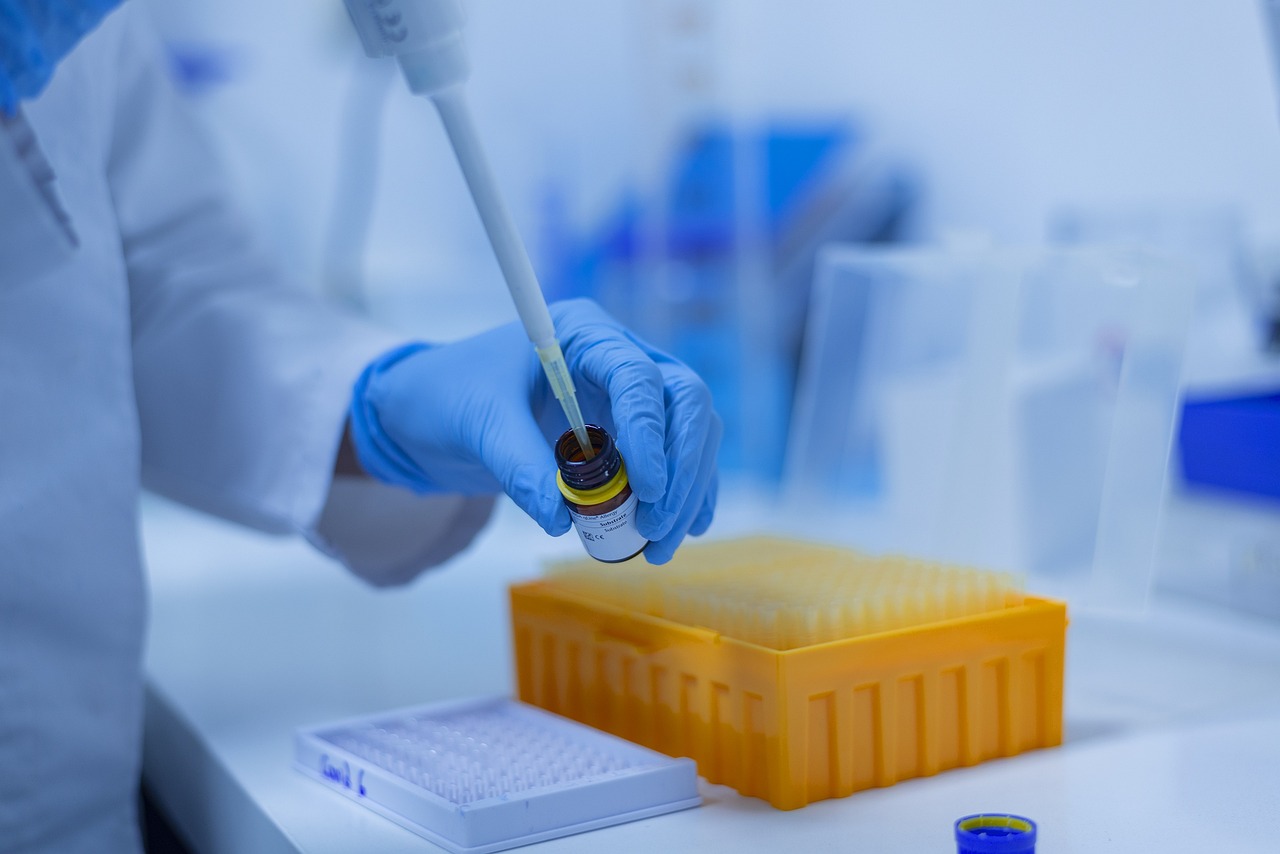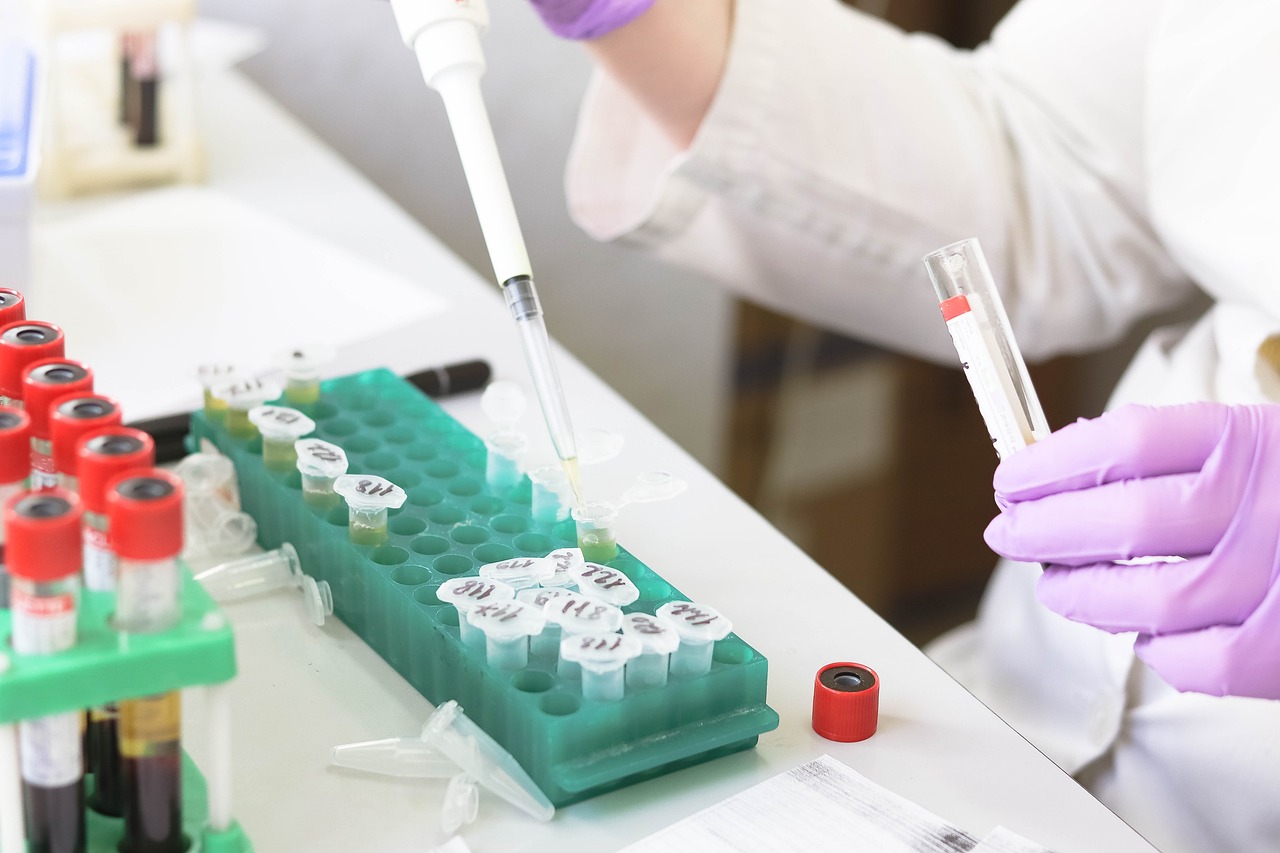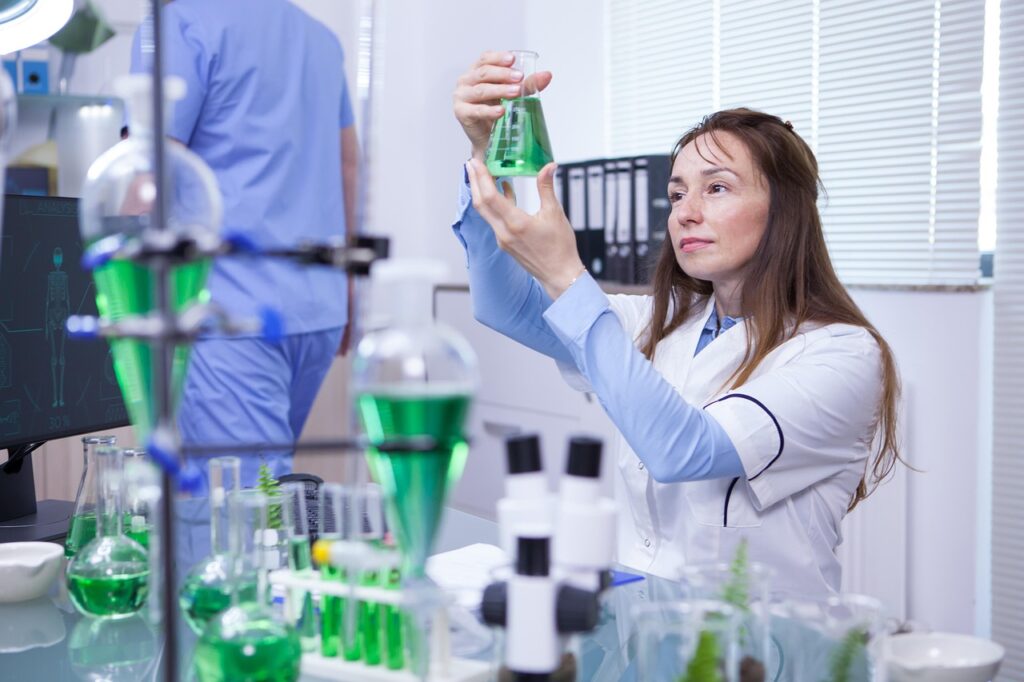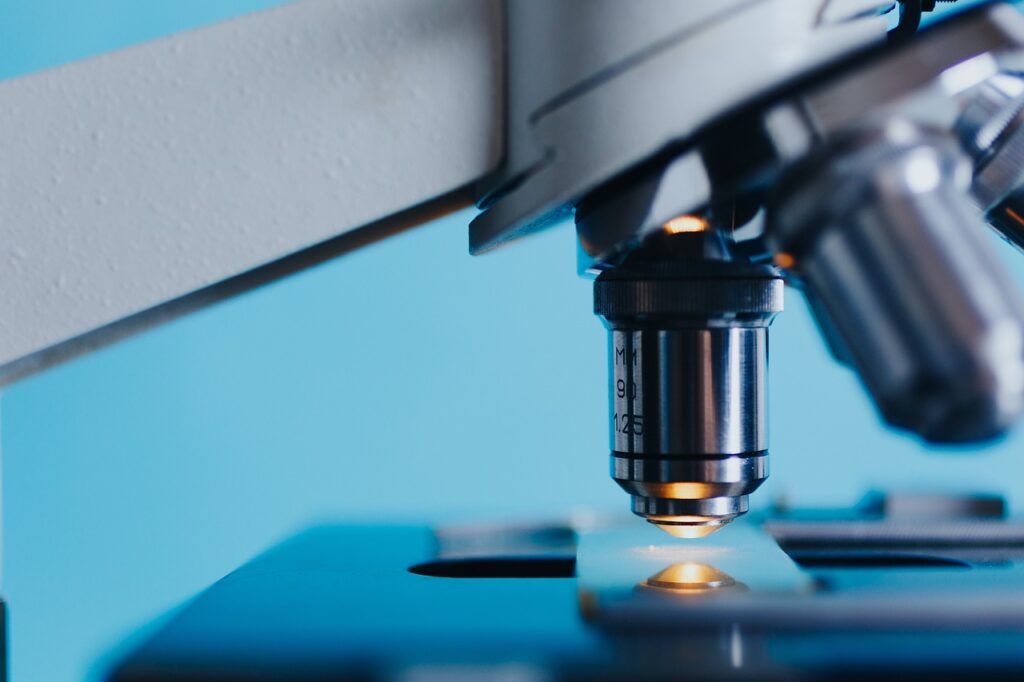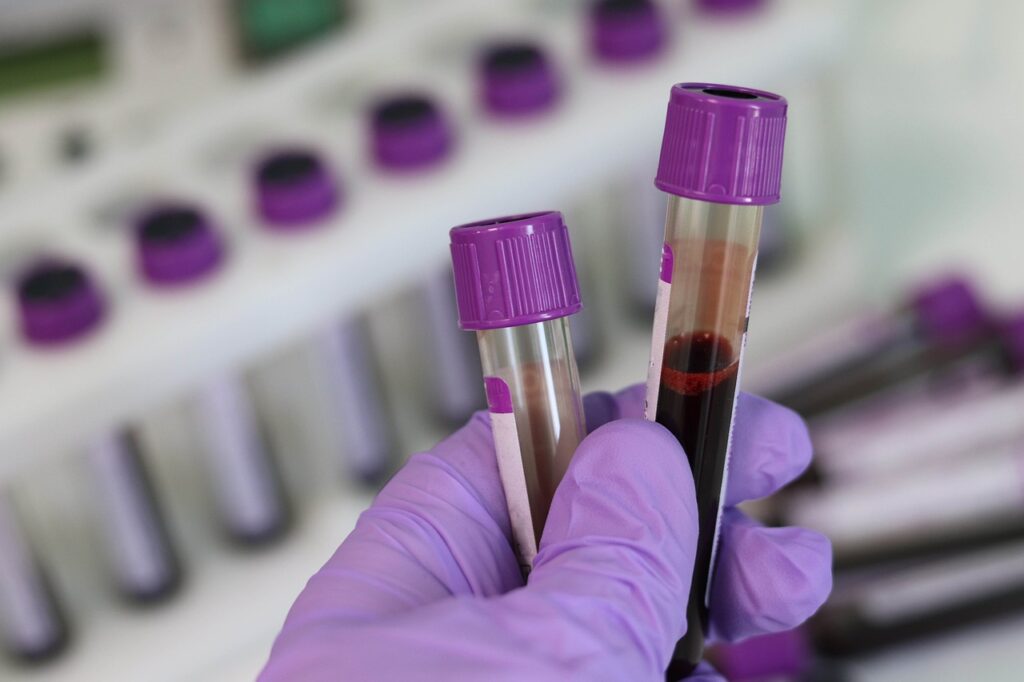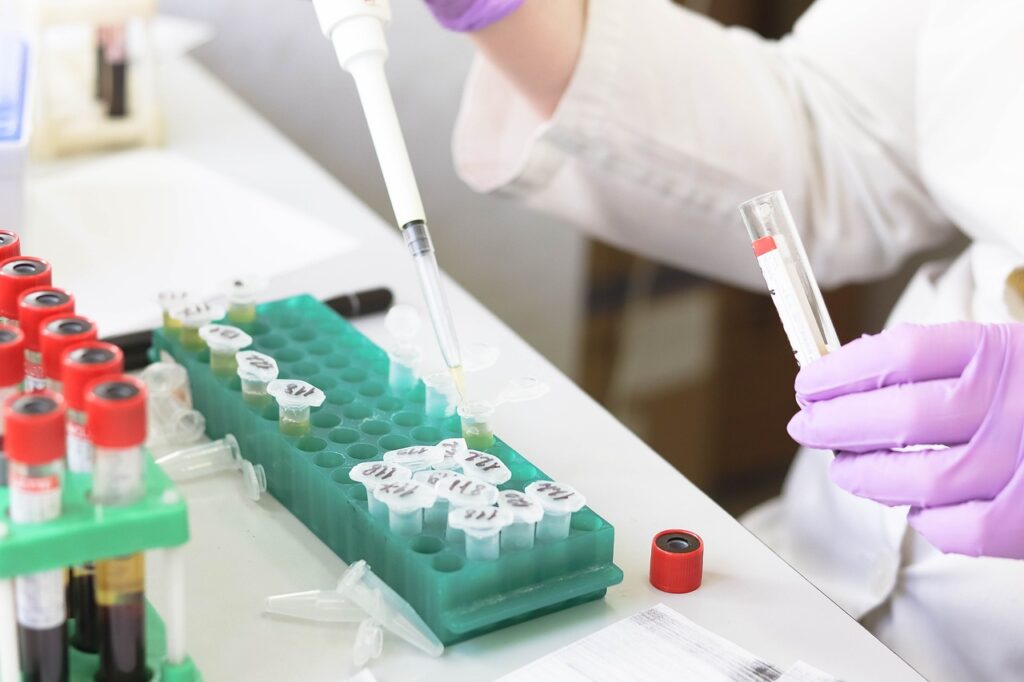When it comes to their food choices, consumers are placing a higher priority on safety, quality, and sustainability in today’s dynamic marketplace. More focus has been placed on the necessity of thorough food product testing along the whole supply chain as a result of this increased awareness. Customers want guarantees that the food they eat is free of impurities, allergies, and other possible risks. Because of this, food product testing is essential to fulfilling consumer expectations since it guarantees that goods fulfill strict legal requirements for quality and safety. Food product testing is crucial for maintaining consumer trust in addition to being compliant with regulations. Food producers and retailers build trust in their products by committing to rigorous testing protocols. This builds enduring relationships with discriminating customers who value accountability and openness.
Furthermore, as technology is developing at a breakneck speed, the field of food product testing is changing along with consumer demands. Novel technology and testing approaches are being developed to tackle the intricate problems confronting the food sector, ranging from identifying new pollutants to prolonging the shelf life of products. These developments open up new possibilities for product creation and innovation in addition to increasing the effectiveness and precision of testing procedures. Food firms can obtain a more profound understanding of the composition, quality, and safety profile of their products by utilizing advanced technologies like blockchain, artificial intelligence, and sensor-based systems. This technological integration not only increases the accuracy of food product testing but also promotes ongoing development and adaptability to changing consumer and regulatory
The Evolution of Food Product Testing:
Food product testing has always been defined by labor-intensive manual processes carried out in controlled laboratory environments. These techniques frequently involved a great deal of human intervention and drawn-out procedures, which might have delayed the delivery of the product and raised expenses. However, a new era of accuracy and efficiency in food testing is being ushered in by technological advancements. Artificial intelligence (AI), robotics, and automated technologies are altering traditional testing procedures by decreasing the need for manual labor and expediting operations. These automated solutions are essential tools for contemporary food testing facilities since they provide several benefits, such as increased speed, accuracy, and cost-effectiveness.
Food testing procedures have seen a dramatic shift from traditional methods with the introduction of robots, AI, and automated systems, which enable previously unheard-of levels of scalability and efficiency. These technologies provide faster turnaround times and more consistent results by automating repetitive operations and utilizing machine learning algorithms. This improves overall productivity and resource usage. Additionally, using automation in food testing makes it easier to monitor and analyze data in real time, which enables early problem detection and prompt remediation. Consequently, food producers can enhance their testing procedures, elevate the caliber of their products, and minimize any hazards, finally guaranteeing the provision of secure and superior food items to customers.
Key Innovations Driving the Future of Food Product Testing:
1. Rapid Testing Methods: Traditional food testing methods often involve time-consuming processes that can delay product release. Food makers may now identify pollutants, allergies, and pathogens in real time thanks to the growing popularity of rapid testing methods like PCR (Polymerase Chain Reaction) and ELISA (Enzyme-Linked Immunosorbent Assay). These technologies provide fast and accurate results.
2. Blockchain Technology: Blockchain technology is transforming the food industry’s supply chain’s traceability and transparency. Food product testing data may be safely recorded and shared along the supply chain by employing blockchain-powered technologies, giving stakeholders the ability to follow food goods from farm to table. This lowers the possibility of food fraud and contamination problems while also improving accountability.
3. Sensor-Based Technologies: The field of sensory analysis is undergoing a revolution thanks to the advent of sensor-based technologies like electronic tongues and noses. Food products can be thoroughly evaluated for quality with these instruments, which imitate human senses and are capable of detecting even the slightest variations in flavor, scent, and texture.
4. Nanotechnology: Because nanotechnology can increase detection sensitivity and accuracy, it is being used more and more in food product testing. Food safety regulations are raised by the ability to detect infections and pollutants at trace levels thanks to nanosensors and nanomaterials.
5. Big Data Analytics: The analysis and interpretation of data from food product testing are changing due to the widespread use of big data analytics. Food manufacturers can use data-driven decision-making by utilizing the vast amounts of data produced by testing procedures to learn important information about consumer preferences, market trends, and product quality.
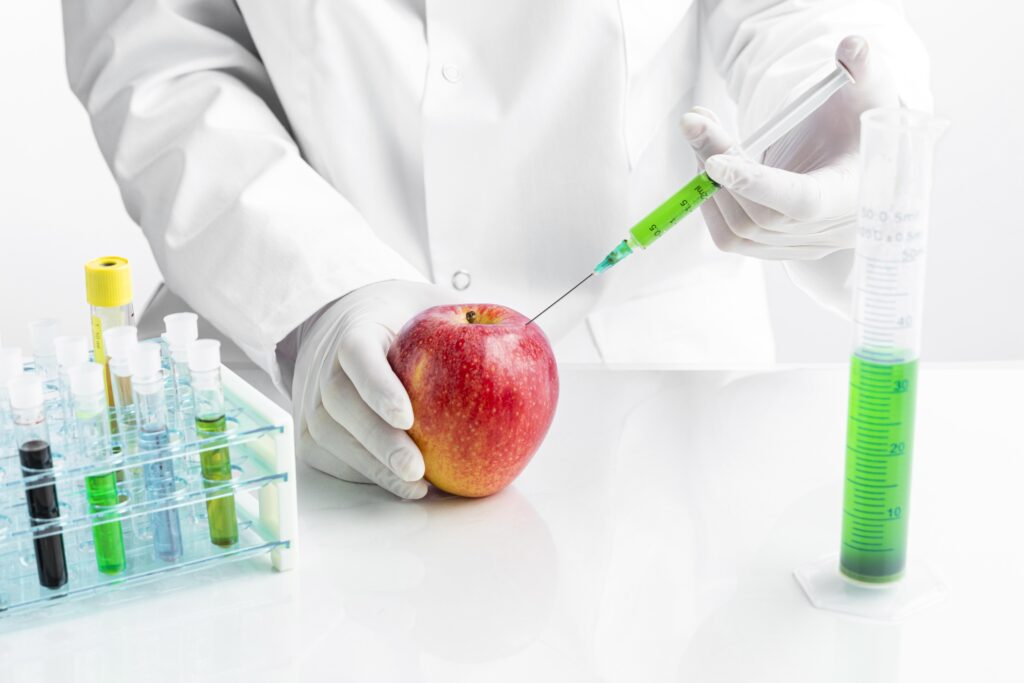
Trends Shaping the Future of Food Product Testing:
1. Focus on Food Safety: The need to improve food safety measures through strict testing procedures and technology is growing as concerns over food-borne illnesses and contamination incidences rise.
2. Personalized Nutrition: The growing popularity of personalized nutrition can be attributed to developments in data analytics and biotechnology. Customized food items can now be developed because of advancements in food product testing that take individual dietary choices and nutritional requirements into account.
3. Sustainability: Sustainability is a key consideration , with an emphasis on reducing waste, conserving resources, and minimizing environmental impact throughout the testing process.
4. Regulatory Compliance: The adoption of advanced testing technology and procedures is being driven by stricter regulatory requirements to assure adherence to food safety and quality standards.
Emerging Technologies and Their Impact on Food Product Testing:
1. 3D Printing: Potential uses of 3D printing technology are being investigated, especially in creating prototypes and specialized testing apparatus.
2. CRISPR-based Technologies: Because CRISPR-based technologies allow for precise gene editing and the identification of genetic markers linked to pollutants and foodborne pathogens, they have the potential to completely transform the testing of food products.
3. Hyperspectral Imaging: Food goods can be quickly and non-destructively analyzed with hyperspectral imaging technology, which makes it possible to precisely identify flaws, pollutants, and quality factors.
4. Quantum Sensors: Because of their incredibly sensitive detecting powers, quantum sensors are being developed, which presents new possibilities for improving the precision and dependability of food product testing, especially in trace-level analysis.
Conclusion:
As the food industry continues to evolve, so too must food product testing practices. Embracing technological breakthroughs, increasing productivity, and upholding a firm commitment to food safety and quality are key components of the future of food product testing. Food manufacturers can satisfy the changing demands of consumers globally and negotiate the complexity of the contemporary food scene by investing in state-of-the-art technologies and remaining up to date with developing trends.

